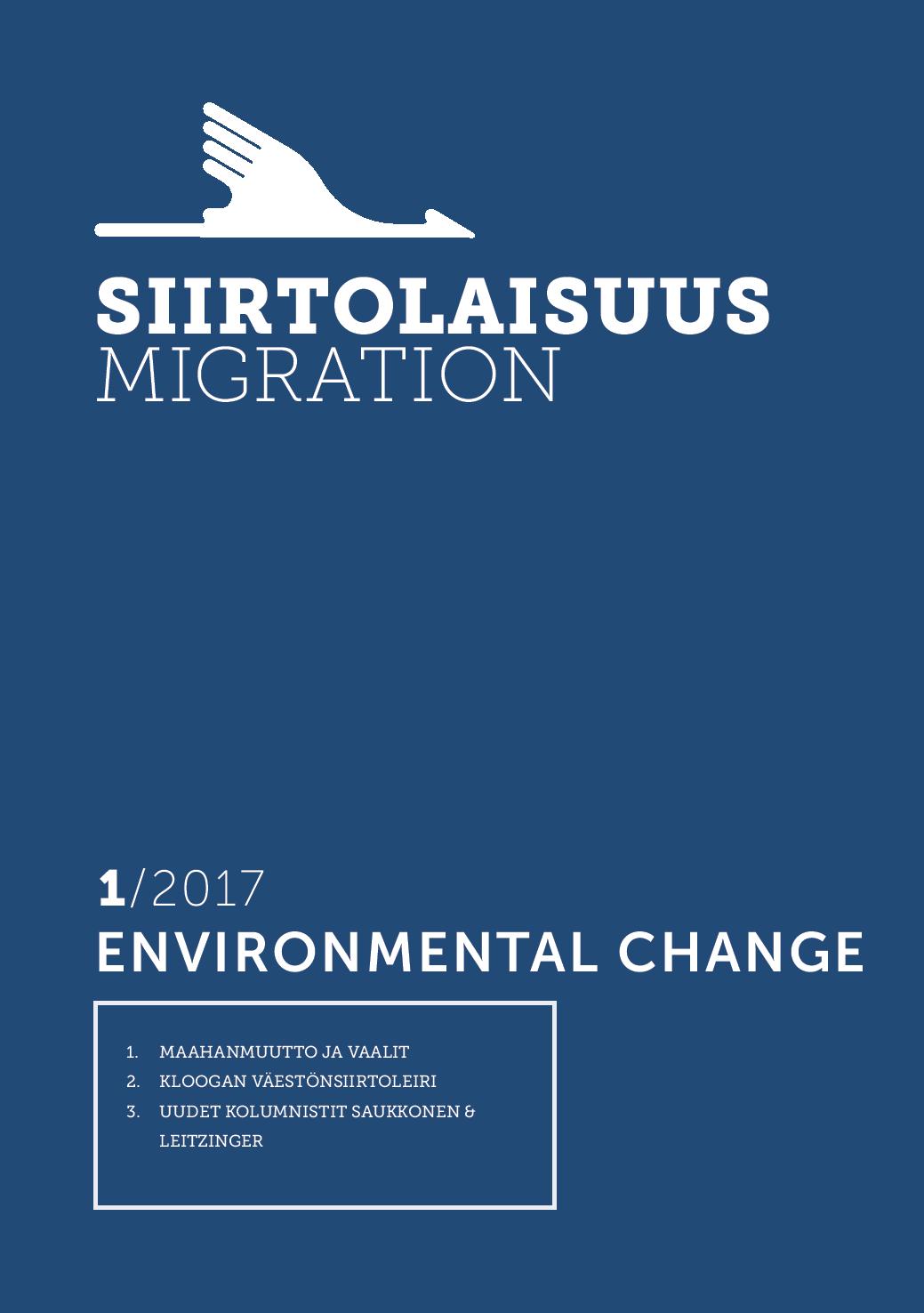Evidence for Policy: Human Mobility as Adaptation to Climate and Environmental Change
Avainsanat:
migration, adaptation, environment, climate change, displacement, planned relocationAbstrakti
Since 2010, human mobility made its way into the global climate change negotiations. In 2015, the Paris Agreement recognized migrants in its preamble and the challenges of displacement. The Protection Agenda of the Nansen Initiative on cross-border displacement as well as the Sendai Framework on Disaster Risk Reduction recognized displacement and planned relocation as key issues at the policy level. Many countries already aim to address displacement risks and consequences in their policies and programmes. Yet few consider benefits of mobility for adapting to environmental and climate change.
This article is based on cutting-edge primary research in six countries (Dominican Republic, Haiti, Kenya, Mauritius, Papua New Guinea and Viet Nam). This first ever comparative approach allows to draw out how different forms of human mobility can support or undermine adaptation efforts to hazards. Findings include that across countries people use migration to adapt to future hazards and consider the impact of migration to be positive. Disaster risk reduction and resilience programmes need to be strengthened “to prevent, minimize and address displacement” as called for in the decision on loss and damage in Paris in 2015, whereas planned relocation programmes need to be informed by existing insights to decrease the creation of new vulnerabilities and harm in the new location.




